-
Definition
-
Scope of the Study
- Assumptions
- Limitations
-
Primary Research
-
Secondary Research
-
Drivers
-
Opportunities
-
Challenges
-
Macroeconomic Indicators
-
Technology Trends & Assessment
-
Market Factor Analysis
-
Porter’s
- Bargaining Power of Suppliers
- Bargaining Power of Buyers
- Threat
- Intensity of Rivalry
-
Five Forces Analysis
-
Threat of New Entrants
-
of Substitutes
-
Value Chain Analysis
-
Investment
-
Feasibility Analysis
-
Pricing Analysis
-
Chapter 6. Global Klinefelter Syndrome Treatment
-
Market, by Treatmant
-
Introduction
-
Testosterone Replacement Therapy
-
Market Estimates & Forecast, by
-
Region, 2020–2027
-
Market Estimates & Forecast,
-
by Country, 2020–2027
-
Fertility Treatment
-
Market Estimates & Forecast, by Region, 2020–2027
-
Market Estimates & Forecast, by Country, 2020–2027
-
Surgeries
-
Market Estimates & Forecast, by Region, 2020–2027
-
Market Estimates & Forecast, by Country, 2020–2027
-
Market Estimates & Forecast,
-
by Region, 2020–2027
-
Market Estimates & Forecast,
-
by Country, 2020–2027
-
Market
-
Estimates & Forecast, by Region, 2020–2027
-
Market
-
Estimates & Forecast, by Country, 2020–2027
-
Tissue Removal
-
Hormone Treatments
-
Others
-
Breast
-
Market Estimates & Forecast, by Region, 2020–2027
-
Market Estimates & Forecast, by Country, 2020–2027
-
Others
-
Market Estimates & Forecast, by Region,
-
Market Estimates & Forecast, by Country,
-
Chapter 7. Global Klinefelter Syndrome
-
Treatment Market, by End-Users
-
Introduction
-
Hospital
-
and Clinics
-
Market Estimates & Forecast, by Region, 2020–2027
-
Market Estimates & Forecast, by Country, 2020–2027
-
Ambulatory Surgeries
-
Market Estimates & Forecast,
-
by Region, 2020–2027
-
Market Estimates & Forecast,
-
by Country, 2020–2027
-
Medical Research Centers
-
Market Estimates & Forecast, by Region, 2020–2027
-
Market Estimates & Forecast, by Country, 2020–2027
-
Academic Institutes
-
Market Estimates & Forecast, by Region, 2020–2027
-
Market Estimates & Forecast, by Country, 2020–2027
-
Others
-
Market Estimates & Forecast, by Region,
-
Market Estimates & Forecast, by Country,
-
Chapter 8. Global Klinefelter
-
Syndrome Treatment Market, by Region
-
Introduction
-
Americas
- North America
- South
-
US
-
America
-
Europe
- Western Europe
- Eastern
-
Italy
-
Europe
-
Asia-Pacific
- Japan
- China
- India
- South Korea
-
Australia
-
Rest of Asia-Pacific
-
Middle East & Africa
- Middle East
- Africa
-
Chapter 9 Company Landscape
-
Introduction
-
Market
-
Share Analysis
-
Key Development &
-
Strategies
-
Chapter 10. Company
-
Profiles
-
Lupin Pharmaceutical
- Company Overview
- Financials
- Key Developments
-
Product Overview
-
Overview
-
SWOT Analysis
-
Allergan plc
- Company Overview
- Financial
- Key Developments
- SWOT Analysis
- Company Overview
- Product Overview
- Key Development
- SWOT Analysis
- Company Overview
- Product Overview
- Key Development
- SWOT Analysis
- Company Overview
- Product Overview
- Key Developments
- SWOT Analysis
-
Product Overview
-
Overview
-
AbbVie, Inc
-
Financial Overview
-
Endo Pharmaceuticals, Inc
-
Financial Overview
-
Kyowa Kirin International plc
-
Financial overview
-
Eli Lilly and Company
- Company
- Product Overview
- Financial Overview
- SWOT Analysis
-
Overview
-
Key Developments
-
Pfizer Inc
- Overview
- Product Overview
- Financials
- Key Developments
-
10.7..1 Overview
-
10.7..2 Product Overview
-
10.7..3
-
Financial Overview
-
10.7..4 Key Developments
-
10.7..5 SWOT Analysis
-
Mylan N.V.
-
SWOT Analysis
-
Chapter 11 MRFR Conclusion
-
Key Findings
- From CEO’s View point
-
Unmet Needs of the Market
-
Key
-
Companies to Watch
-
Predictions for
-
the Klinefelter Syndrome Treatment Market
-
Chapter 12.
-
Appendix
-
-
LIST OF TABLES
-
Table 1
-
Global Klinefelter Syndrome Treatment Market Synopsis,
-
Global Klinefelter Syndrome Treatment
-
Market Estimates and Forecast, 2020–2027 (USD Million)
-
Table 3
-
Global Klinefelter Syndrome Treatment Market, by Region,
-
Global
-
Klinefelter Syndrome Treatment Market, by Treatmant, 2020–2027 (USD Million)
-
Global Klinefelter Syndrome Treatment
-
Market, by End-Users, 2020–2027 (USD Million0
-
North
-
America: Klinefelter Syndrome Treatment Market, by Treatment, 2020–2027 (USD
-
Million)
-
North America: Klinefelter Syndrome Treatment
-
Market, by End-Users , 2020–2027 (USD Million)
-
Table 8
-
US: Klinefelter Syndrome Treatment Market, by Treatment, 2020–2027 (USD
-
Million)
-
US: Klinefelter Syndrome
-
Treatment Market, by End-Usesr, 2020–2027 (USD Million)
-
Table 10
-
Canada: Klinefelter Syndrome Treatment Market, by Treatment, 2020–2027
-
(USD Million)
-
Table
-
Canada: Klinefelter Syndrome Treatment Market, by End-Users,
-
Table 12
-
South America: Klinefelter Syndrome Treatment Market, by Treatment, 2020–2027
-
(USD Million)
-
South America:
-
Klinefelter Syndrome Treatment Market, by End-Usesr, 2020–2027 (USD Million)
-
Table 14
-
Europe: Klinefelter Syndrome Treatment Market, by Treatment, 2020–2027
-
(USD Million)
-
Europe: Klinefelter Syndrome
-
Treatment Market, by End-Usesr, 2020–2027 (USD Million)
-
Table
-
Western Europe: Klinefelter Syndrome Treatment Market, by Treatment,
-
Western Europe:
-
Klinefelter Syndrome Treatment Market, by End-Users, 2020-202(USD Million)
-
Eastern Europe: Klinefelter Syndrome Treatment Market,
-
by Treatment, 2020–2027 (USD Million)
-
Table 19
-
Eastern Europe: Klinefelter Syndrome Treatment Market, by End-Usesr, 2020–2027
-
(USD Million)
-
Asia-Pacific:
-
Klinefelter Syndrome Treatment Market, by Treatment, 2020–2027 (USD Million)
-
Asia-Pacific: Klinefelter Syndrome Treatment Market,
-
by End-Usesr, 2020–2027 (USD Million)
-
Middle
-
East & Africa: Klinefelter Syndrome Treatment Market, by Treatment, 2020–2027
-
(USD Million)
-
Middle East & Africa: Klinefelter Syndrome Treatment
-
Market, by End-Usesr, 2020–2027 (USD Million)
-
-
LIST
-
OF FIGURES
-
Research Process
-
Segmentation for Global Klinefelter Syndrome Treatment
-
Market
-
Segmentation Market Dynamics for Global Klinefelter
-
Syndrome Treatment Market
-
Global Klinefelter Syndrome
-
Treatment Market Share, by Treatment, 2020.
-
Global
-
Klinefelter Syndrome Treatment Market Share, by End-Users, 2020.
-
Figure 6
-
Global Klinefelter Syndrome Treatment Market Share, by Region, 2020.
-
Figure
-
North America: Klinefelter Syndrome Treatment Market Share,
-
by Country, 2020.
-
Europe: Klinefelter Syndrome Treatment
-
Market Share, by Country, 2020.
-
Asia-Pacific: Klinefelter
-
Syndrome Treatment Market Share, by Country, 2020.
-
Middle
-
East & Africa: Klinefelter Syndrome Treatment Market Share, by Country, 2020.
-
Global Klinefelter Syndrome Treatment Market: Company
-
Share Analysis, 2020. (%)
-
Lupin Pharmaceutical:
-
Key Financials
-
Lupin Pharmaceutical: Segmental
-
Revenue
-
Lupin Pharmaceutical:
-
Geographical Revenue
-
Allergan plc: Key Financials
-
Allergan plc: Segmental Revenue
-
Figure 17
-
Allergan plc: Geographical Revenue
-
AbbVie,
-
Inc: Key Financials
-
AbbVie, Inc: Segmental Revenue
-
AbbVie, Inc: Geographical Revenue
-
Figure 21
-
Endo Pharmaceuticals, Inc: Key Financials
-
Endo
-
Pharmaceuticals, Inc: Segmental Revenue
-
Endo Pharmaceuticals,
-
Inc : Geographical Revenue
-
Kyowa Kirin International
-
plc: Key Financials
-
Kyowa Kirin International plc:
-
Segmental Revenue
-
Kyowa Kirin International plc.
-
Geographical Revenue
-
Eli Lilly and Company: Key
-
Financials
-
Eli Lilly and Company: Segmental Revenue
-
Eli Lilly and Company: Geographical
-
Revenue
-
Pfizer Inc: Key Financials
-
Figure
-
Pfizer Inc: Segmental Revenue
-
Figure 32
-
Pfizer Inc: Geographical Revenue
-
Mylan N.V.:
-
Key Financials
-
Mylan N.V.: Segmental Revenue
-
Mylan N.V.: Geographical Revenue

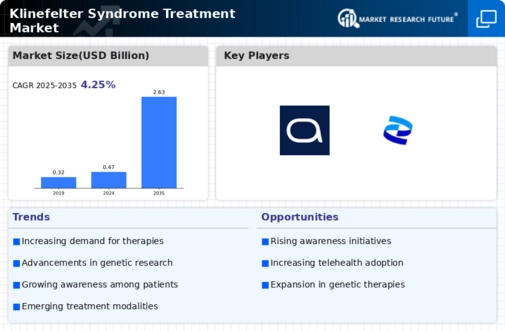
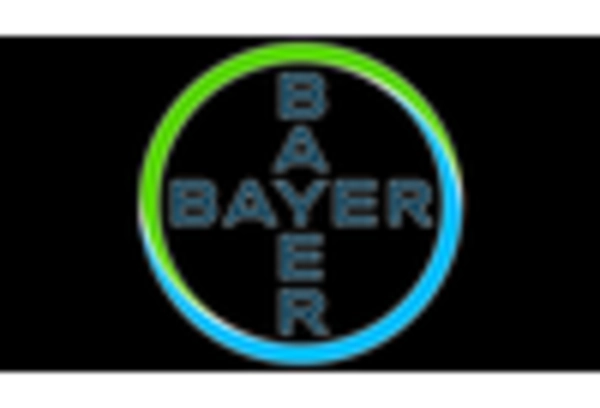
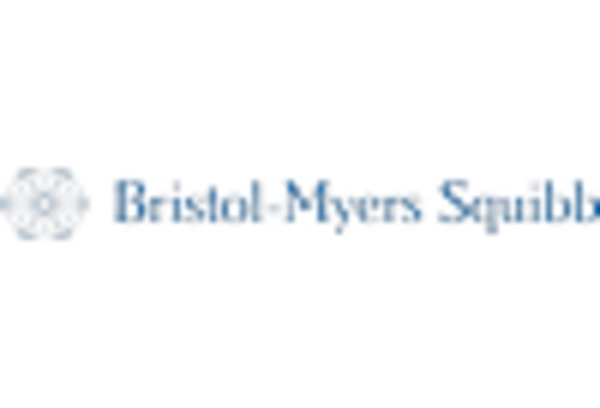
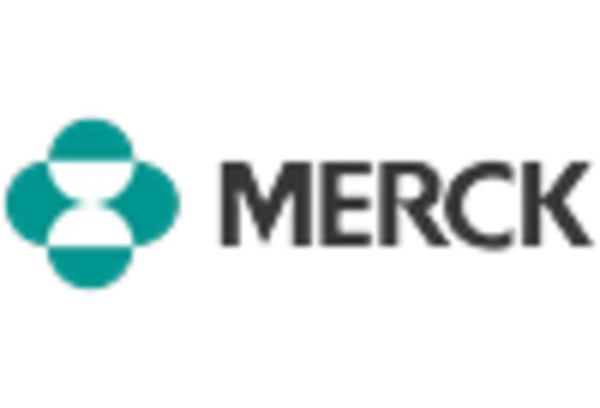
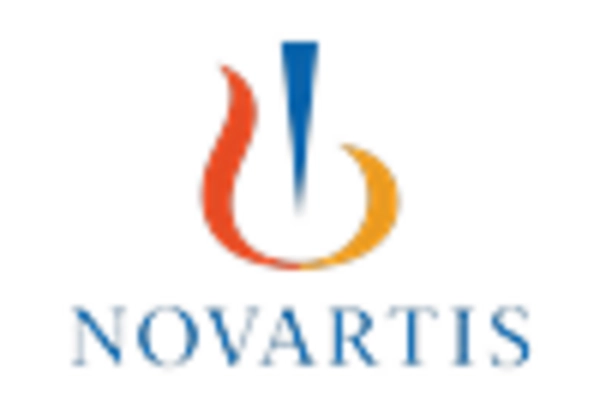
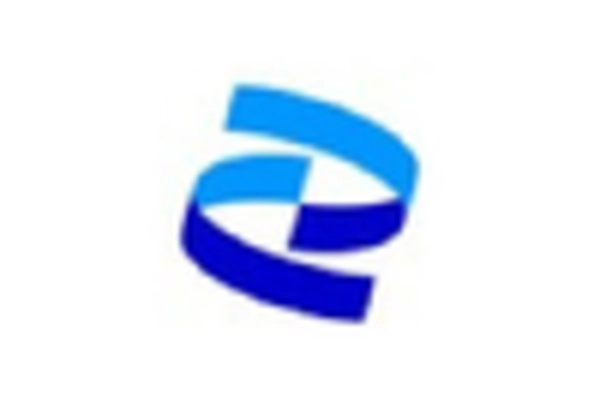
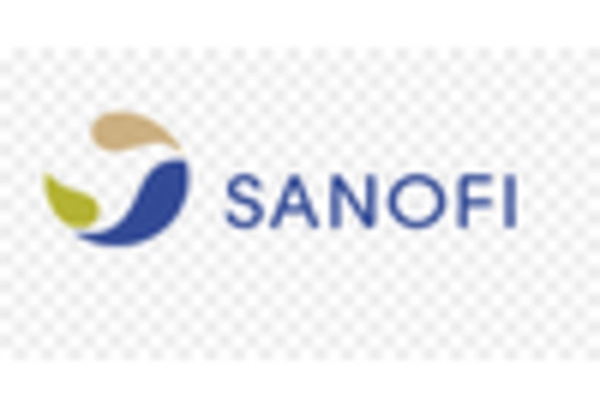









Leave a Comment